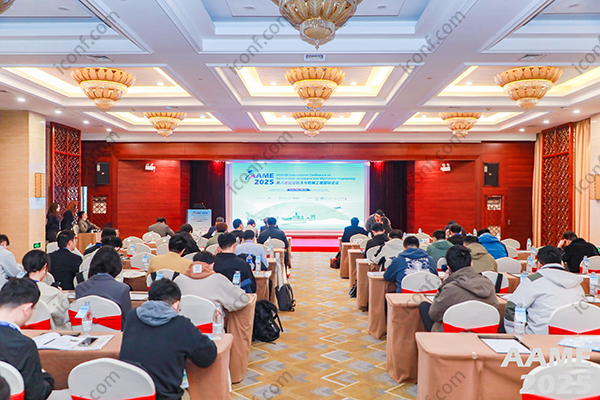

868 views||Release time: May 09, 2025
Crafting and publishing an IEEE research paper opens doors to global visibility, professional recognition, and impactful collaborations. This step-by-step guide walks you through planning, writing, formatting, submission, and publication—ensuring your work stands out in the IEEE Xplore Digital Library.

Prestige and Reach
IEEE is recognized worldwide for its high standards and broad readership across engineering and technology disciplines.
Robust Peer Review
Rigorous evaluation by experts strengthens your methodology and findings.
Long-Term Discoverability
Papers in IEEE Xplore remain accessible and citable for years, maximizing your research’s impact.
Begin by pinpointing the novel aspect of your work—whether it’s a new algorithm, experimental result, or theoretical insight. A clear research question guides your writing and helps reviewers see the value instantly.
Follow the standard IMRaD format:
Introduction: Motivate the problem and summarize key contributions.
Methods: Detail algorithms, experimental setup, or analytical approach.
Results: Present data with clear figures and tables.
Discussion: Interpret findings and compare with existing work.
Conclusion: Highlight implications and future directions.
Download the official IEEE LaTeX or Word template.
Use the prescribed two-column layout and font sizes.
Ensure all figures and tables are labeled and referenced properly.
Include a concise abstract (150–250 words) and up to five keywords.
Decide between an IEEE journal or conference based on scope, review time, and audience.
Journals often provide deeper reviews and higher prestige.
Conferences offer faster publication and face-to-face presentation opportunities.
Use conference aggregators to compare upcoming IEEE calls for papers, deadlines, and acceptance rates.
Register on the submission portal (e.g., EDAS for conferences or ScholarOne for journals).
Upload all required files: manuscript, supplementary materials, and copyright forms.
Verify metadata (title, authors, affiliations) for accuracy.
Respond promptly and constructively to reviewer comments to secure acceptance.
Once accepted, proofread the final version, address any editorial queries, and prepare your presentation or poster if it’s a conference. Share your published paper widely via social media, institutional repositories, and academic networks to maximize readership.
Centralized Listings of upcoming IEEE calls for papers.
Deadline Alerts so you never miss a submission window.
Formatting Guides to ensure template compliance.
Sign up at iConf.com to organize your IEEE publication journey from start to finish.